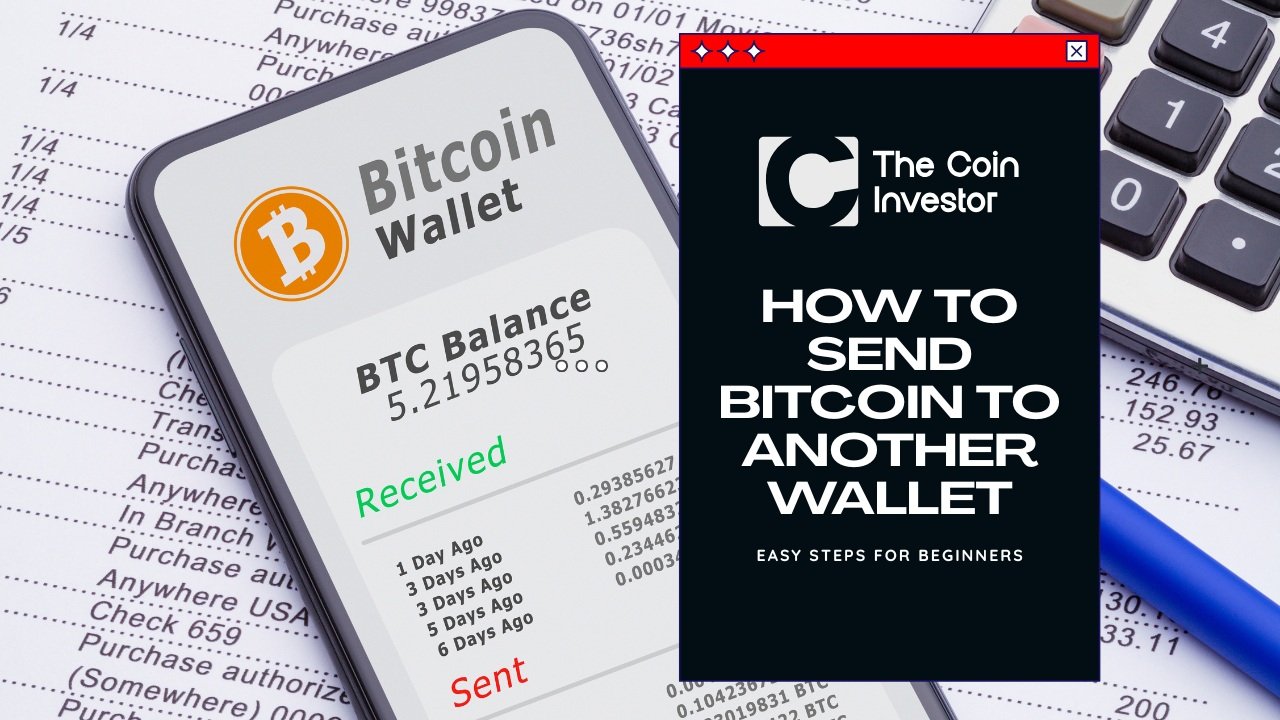As more investors gain full control over their digital assets, knowing how to send Bitcoin to another wallet is fundamental.
Whether it’s your first time or you’re making frequent Bitcoin transfers, executing this process securely and efficiently helps you protect your crypto and avoid loss of funds.
This guide provides detailed information on every step involved—whether you’re transferring Bitcoin through a mobile app, a hardware wallet, or a Binance account. With terms like bitcoin address, transaction fee, and network congestion often confusing new users, this article simplifies the process, ensuring you make crypto transfers with confidence.
What is the best way to transfer Bitcoin to another wallet?
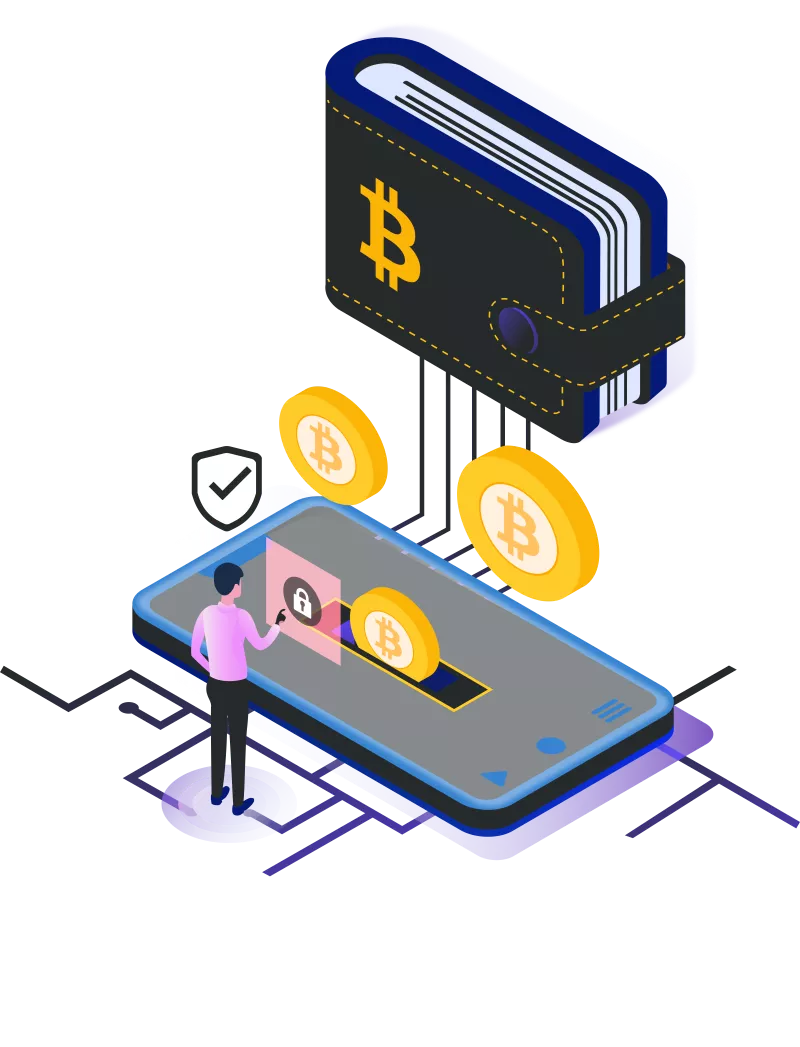
Transferring Bitcoin safely needs careful focus on wallet addresses and network choice. First, get the Bitcoin wallet address of the person you are sending to. This address is a 26–35 character string that starts with “1,” “3,” or “bc1.” Make sure to check it using tools like CoinTools’ address validator. Many wallets and exchanges, like Coinbase or Binance, let you paste the address or scan a QR code. This can help reduce mistakes in entering the address.
Before sending the full amount, do a test transfer with a small amount, like $1–$5. This shows if the address is correct and if the network works well. Be sure to choose the Bitcoin network to avoid losing your funds.
For safety, stay away from public Wi-Fi networks that can be unsafe. Use cold storage wallets, such as Ledger or Trezor, for holding Bitcoin long-term.
When moving funds from exchanges like Kraken or Binance, turn on two-factor authentication for extra safety. Always double-check the withdrawal details: recipient address, amount, and network fees.
During times when fees are low, try to combine UTXOs to save money later, especially before Bitcoin halving events that might slow down the network.
For quick transfers, change fees using dynamic tools like Lightspark for faster confirmations. After you send Bitcoin, watch its progress with blockchain explorers like Blockchain.com.
These tools give real-time updates on confirmations which usually need 3–6 blocks (about 30-60 minutes) for exchanges to credit your funds. Keep in mind that fees depend on how busy the network is; using SegWit (bech32) addresses can help lower costs.
What to know when sending crypto to another wallet?
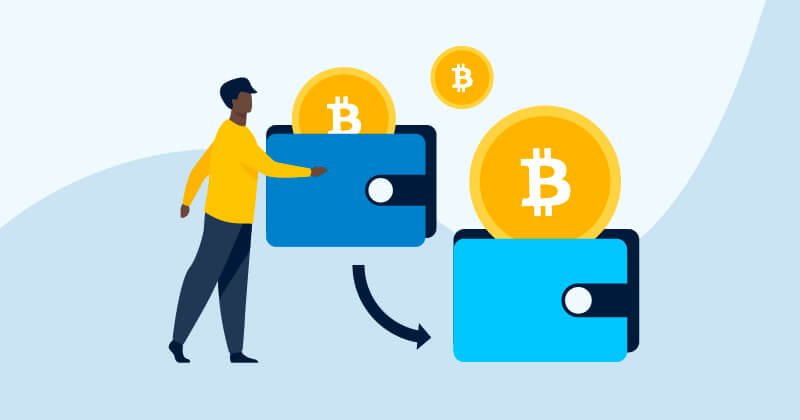
Transferring Bitcoin needs careful attention to wallet addresses and network types.
You should start by getting the recipient’s Bitcoin wallet address. This address is a 26 to 35 character string that starts with “1,” “3,” or “bc1.”
Use tools like CoinTools’ address validator to check it.
To avoid mistakes, scan a QR code or copy-paste the address. Do not enter it by hand.
Before sending the full amount, do a small test transaction. Send $1 to $5 to ensure it is correct. Check network compatibility too; for instance, Bitcoin is different from Ethereum.
Always pick the right Bitcoin network when you transfer. If networks do not match, you could lose funds forever.
Transaction fees can change based on network traffic. Use fee calculators from sites like Crypto.com and Coinbase to find a good balance between speed and cost.
Improve your security by turning on two-factor authentication (2FA) on exchanges like Kraken and Coinbase. Consider using cold storage wallets such as Ledger or Trezor for long-term savings.
Avoid using public Wi-Fi for transactions to stop data theft. Keep your wallet software up to date to fix any issues.
Think about combining UTXOs when fees are low to save money later, especially before events like Bitcoin halvings that raise demand.
For withdrawals, add trusted addresses on exchanges like Crypto.com to stop unauthorized transfers. After sending, check confirmations using blockchain explorers like Blockchain.com.
Most exchanges need 3 to 6 confirmations, which take about 30 to 60 minutes, before they credit your funds.
Security Measures Before Sending Bitcoin
Every bitcoin transaction is irreversible, so applying the right security measures is essential.
Always double-check the recipient address, preferably through a QR code, to prevent errors with wrong addresses.
For added security:
- Use two-factor authentication
- Store your private key securely
- Avoid making transfers on public Wi-Fi
- Consider using a hardware wallet for large transfers
- Be cautious during times of high network congestion to avoid paying higher fees
Staying proactive with these security features helps avoid complications like withdrawal delays, loss of funds, or exposure of your public key.
How to Send Bitcoin to Another Wallet?

Step 1: Access Your Bitcoin Wallet
Start by opening your bitcoin wallet through your preferred method—whether it’s a mobile app, desktop application, hardware wallet, or an exchange platform like your Binance account. Ensure you have an active internet connection and that your wallet has full control of your crypto assets. Always verify you’re logged into the correct account before proceeding.
Step 2: Navigate to the Send Section
Once inside your wallet’s user dashboard, locate the “Send” or “Transfer” section. This area is usually easy to find for ease of use, often located alongside the asset list where you manage your digital assets. Clicking “Send” prepares your wallet to initiate crypto transactions to an external address or another wallet.
Step 3: Enter the Recipient’s Wallet Address
Carefully input the recipient’s wallet address. You can either paste a string of characters (the public key) or scan a QR code for quicker input. Double-check the entire bitcoin wallet address—even a single incorrect character could result in a loss of funds. It’s best to copy and paste or scan, rather than typing manually, to avoid errors.
Step 4: Specify the Amount of Bitcoin to Send
Now, enter the amount of Bitcoin you wish to transfer. Most wallets will show both the BTC amount and an estimated value in your local currency, like USD. Remember, your available balance must cover both the transfer amount and the network fee (sometimes referred to as a gas fee). If you’re sending your full balance, ensure enough remains for transaction costs.
Step 5: Review Transaction Details
Before you finalize the transfer, review all transaction details carefully:
- Confirm the recipient’s address matches exactly.
- Double-check the amount of Bitcoin you’re sending.
- Verify the transaction fee or network fee you’ll be charged.
- Look at the estimated transfer speed based on the Bitcoin network congestion.
- Make sure the type of crypto selected is Bitcoin (BTC), not another token or coin. Reviewing all these details helps you avoid sending to the wrong address or facing unnecessary delays due to selecting the incorrect blockchain.
Step 6: Confirm and Send
Once you’re sure everything is accurate, hit “Confirm” or “Send.” Your wallet will start broadcasting the transaction to the Bitcoin Blockchain. Depending on network congestion, your transaction may complete within minutes or take longer. The wallet will usually show the number of confirmations needed before the funds appear in the receiving wallet. Remember, during times of high network congestion, you might experience slower processing or higher fees.
How to Send Bitcoin from Binance to Another Wallet?
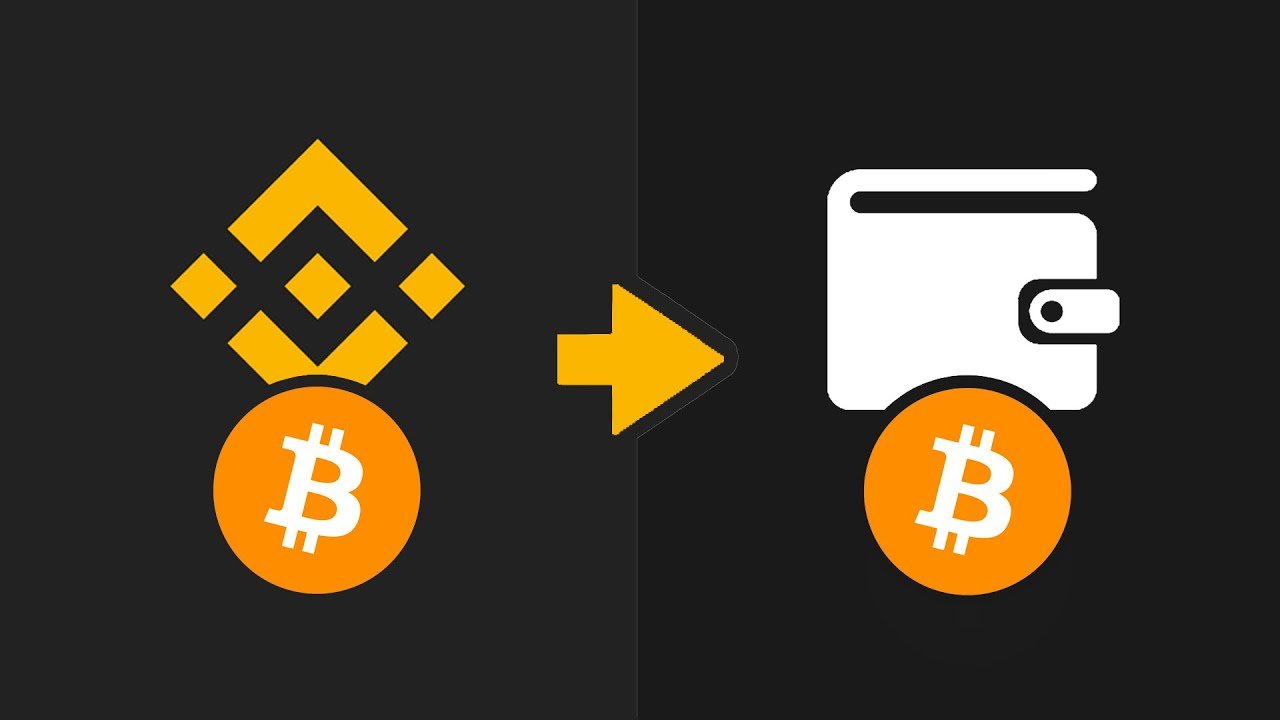
If you’re specifically looking for how to send Bitcoin to another wallet on Binance, the steps differ slightly:
- Log into your Binance account
- Go to “Wallet” > “Fiat and Spot”
- Click “Withdraw.”
- Choose “Bitcoin” from your asset list
- Paste the recipient’s wallet address
- Select the Bitcoin network (e.g., BTC network, not BEP20)
- Enter the amount of bitcoin
- Review all transaction details
- Complete 2FA for this security measure
- Click “Submit.”
Note: Binance applies withdrawal limits, transaction fees, and may delay processing during business days depending on network congestion.
How Much Does It Cost To Send Bitcoin?
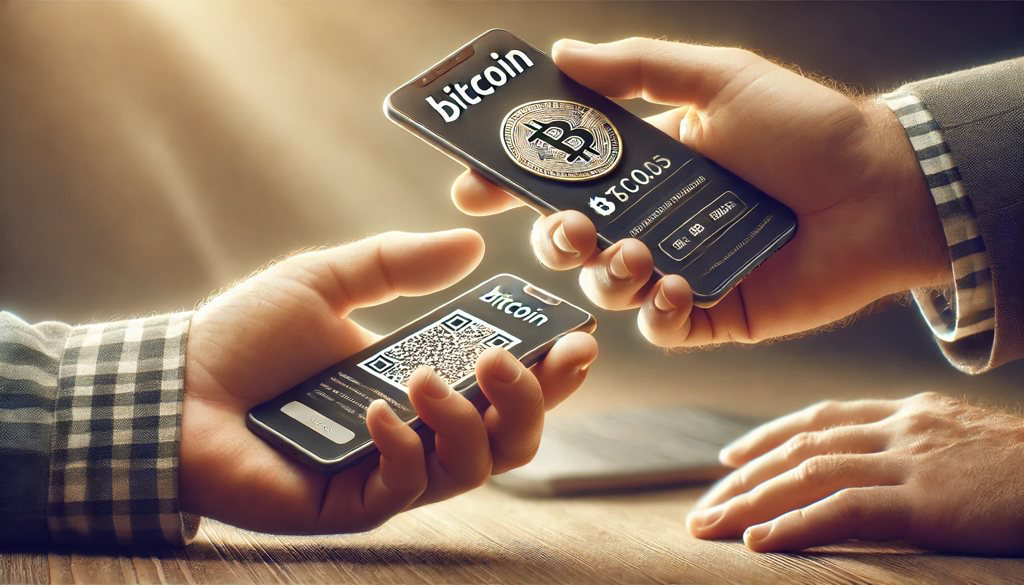
Sending Bitcoin costs fees. These fees go to miners who help process the transactions. The fees change based on how busy the network is. On average, about $750,000 USD in fees are paid each day. Individual fees can be low, sometimes just a few dollars.
However, during busy times, they can be much higher. Users can lower their fees by sending Bitcoin when the network is less busy. They can also combine inputs and use SegWit addresses.
Batching payments is another way to save money on fees. Fees can also change depending on which wallet or exchange you use. Some platforms charge extra for withdrawals or services.
How to Send Bitcoin to Someone Who Doesn’t Have a Crypto Wallet?
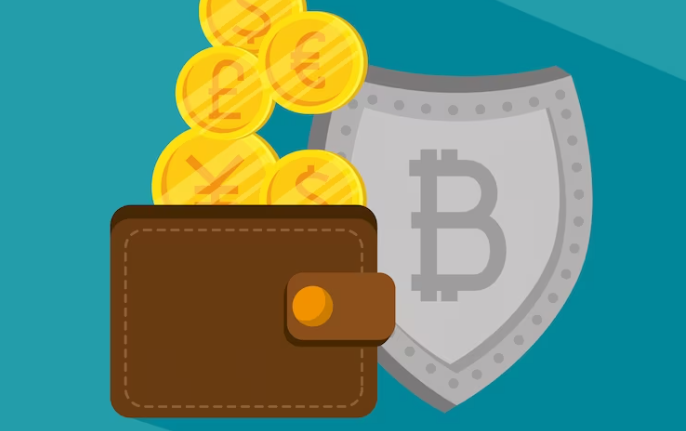
If someone does not have a crypto wallet, help them make one. They can use a good mobile app. They may also choose a hardware wallet. Another option is to use an exchange like Binance or Coinbase.
After they set up their wallet, they need to share their Bitcoin address. This address is also called a public key.
Once you have their address, you can send them bitcoin. All transfers need a valid wallet address on the blockchain.
Common Mistakes to Avoid
- Double-checking Wallet Addresses: The most common mistake is sending Bitcoin to a wrong address. Always verify the bitcoin wallet address using both QR code and visual checks. A single typo in the string of characters can result in a loss of funds.
- Understanding Network Fees: Each bitcoin transaction includes a network fee, influenced by the bitcoin network’s current load. During times of high network congestion, you may face higher fees or slower crypto transfers. Use wallets that allow you to customize the gas fee if needed.
- Timing Your Transaction: Avoid sending Bitcoin during weekends or peak periods unless urgent. Even if your wallet or bank account shows the funds as sent, the number of confirmations required on the Bitcoin blockchain can delay final settlement. Timing affects both transfer speed and cost.
Conclusion
Sending Bitcoin to another wallet is more than just a transaction—it’s a key part of managing your digital assets responsibly.
Whether you’re transferring to an external address, moving funds to a cold wallet, or sending crypto from your Binance account, understanding each step minimizes the risk of loss of funds.
Always review your transaction details, confirm the recipient’s wallet address, and factor in the transaction fee based on network congestion.
For new users, getting familiar with concepts like bitcoin wallet address, network fee, and number of confirmations builds long-term confidence.
As crypto continues to evolve, mastering secure and efficient Bitcoin transfers ensures you stay in control of your crypto assets, no matter where you’re sending them.
FAQ’s:
Can I Cancel A Bitcoin Transaction After Sending?
No, once a bitcoin transaction is confirmed on the Bitcoin blockchain, it cannot be reversed.
If Bitcoin is sent to the wrong address, it’s nearly impossible to recover unless the recipient willingly returns it. That’s why double-checking the recipient’s wallet address is one of the most important security measures before initiating any crypto transfers.
How Long Does it Take to Send Bitcoin to Another Wallet?
Bitcoin transfers usually take between 10 minutes to an hour, depending on the network fee selected and the number of required confirmations. During times of high network congestion, the process may take longer.
Some wallets and exchanges provide estimated arrival times based on real-time bitcoin network conditions.
What is the Minimum Transfer Amount?
The minimum amount required to send Bitcoin depends on the platform you’re using.
For example, Binance generally requires at least 0.001 BTC, not including the transaction fee. Be sure to account for the network fee when calculating how much Bitcoin to send.
Also, review any platform-specific withdrawal limits before proceeding with the transaction.
